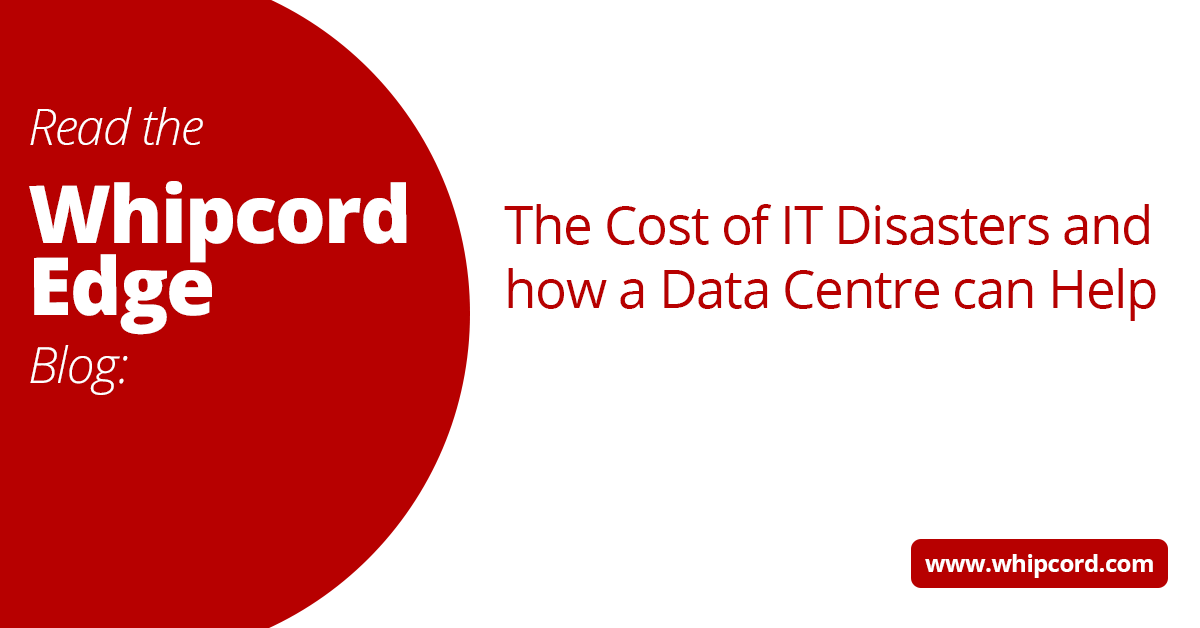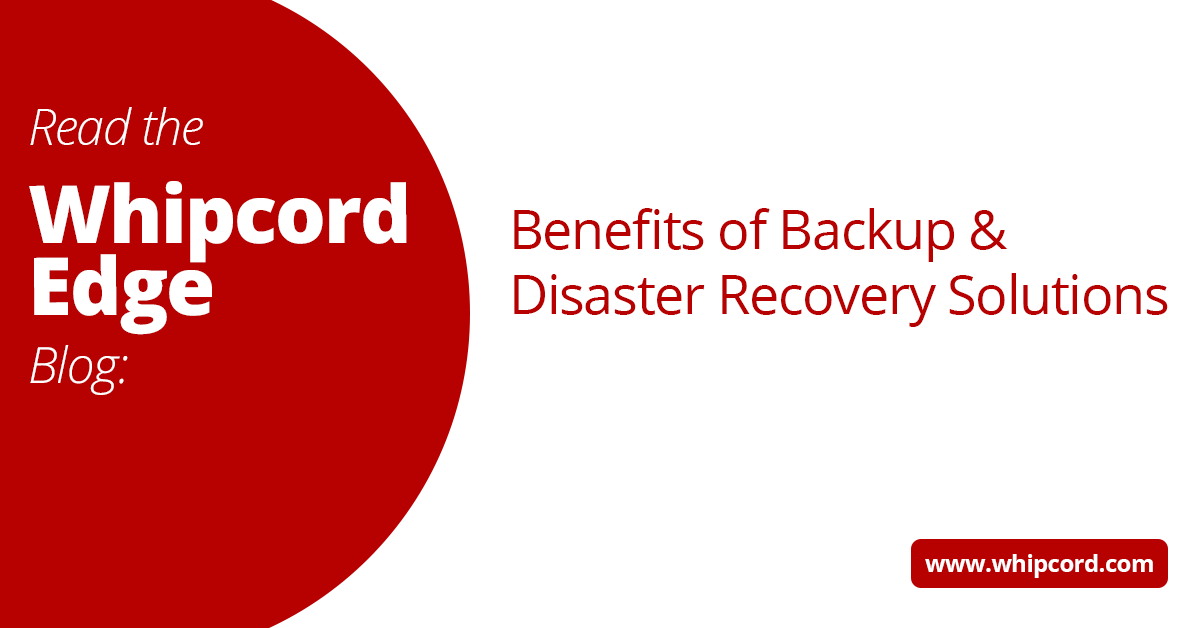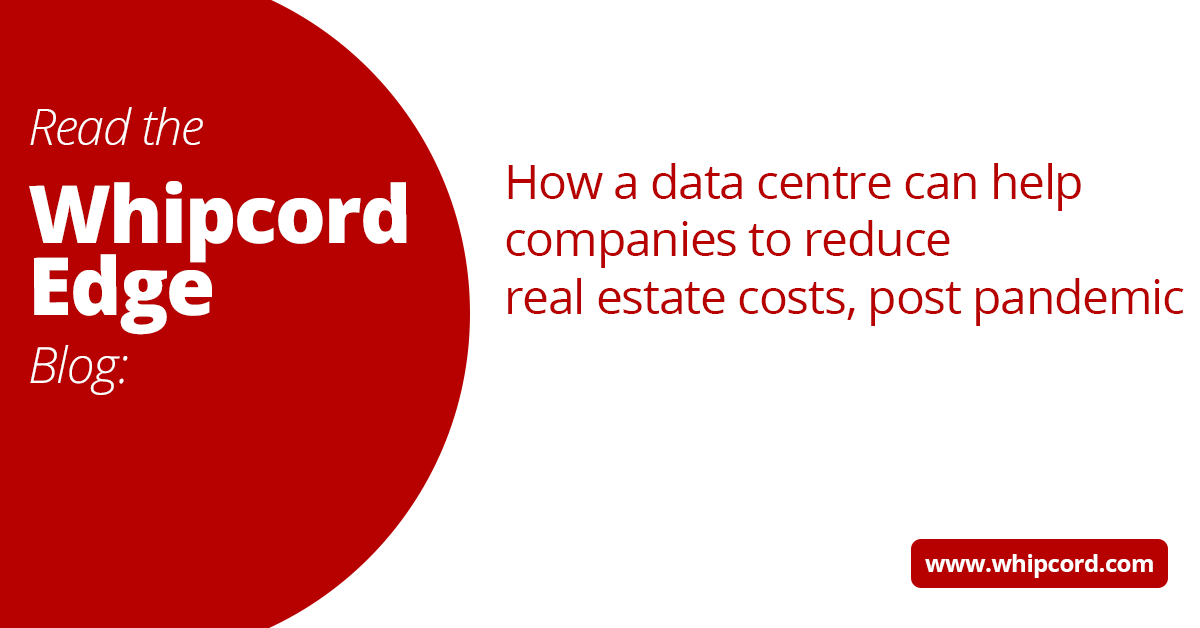All network professionals are familiar with technology outages and many have been unfortunate enough to experience them first hand. Outages are more than an inconvenience, they can have disastrous economic affects on businesses. .
Because of our dependency on data and communication, both employees and customers are affected by outages. Consider the “computer-system outage” that Southwest Airlines experienced in June 2021 which lead to the grounding of all domestic flights for the airline and how this affected customer retention and employee productivity.
Customers depend on computing, applications and data. A failure of any of these components can have serious financial consequences. To lessen the affects of IT disasters, building an infrastructure that incorporates data centre services that are designed to increase uptime, can save companies millions of dollars.
Here are some examples of how common disasters have an economic affect on businesses.
Unpredictable weather: Whether you believe that the incidence of naturally occurring weather phenomena are on the rise or not, we know that they will continue, and they will hurt businesses. According to Aon’s “Weather, Climate & Catastrophe Insight – 2020 Annual Report”, natural catastrophic events in 2020 generated economic losses of $268 billion US dollars of which 96% were due to weather. Historically, the losses in 2020 were 29% higher compared than the 21st Century average.
Machines, hardware and network failures: While modern IT hardware and networks are somewhat resistant to failures, no system is infallible. Each system has inherent vulnerabilities and external factors such as construction, fire and power failures affect even the most resilient systems. According to Gartner, the average cost of network downtime is $5,600 per minute. Supporting this, in an Information Technology Intelligence Consulting Research (ITIC) survey, 81% of respondents said that a single hour of downtime costs over $300,000.
Much like machines, humans are not perfect: A recent Uptime Institute study over a 20-year period showed that human error was to blame for more than 70% of all data centre outages. Even the most cautious staff can accidentally put your environment at risk whether it be a configuration error on a device or overlooked physical security. According to Business Insider, the cost of a single minute of downtime in a data centre is over $8,000. Additionally, the Fortune 1000 lose as much as $2.5 billion a year due to application downtime.
Customer retention is costly, but customer re-acquisition is expensive: While on average it is much cheaper to retain a customer then to acquire a new customer, re-acquiring an old customer after an IT disaster can be next to impossible. It takes a lot to earn customers’ trust, but after an IT disaster like loss of data or an extended outage in service, trust quickly evaporates. This is especially true when your downtime costs customers financially. There are many statistics to support this but in a New Voice Media study, it was stated that 51% of customers would never use a company again after a single negative experience.
Data Exposure: Exposure of data and particularly customer data can be very costly. A study in 2018 by the Poneman Institute identified that the average cost of a single data record breach is $148. Unsurprisingly, the total cost of a breach increases with the size of the breach and in the same study, it was reported that the average total cost of a breach of less than 10,000 records was $2.2 million.
Data Centres Can Help: Using a managed data centre as part of your company’s IT infrastructure can have significant economic benefits. Housing infrastructure inside one of these facilities will instantly increase uptime and security. These facilities are design to withstand extreme weather and have multiple backup systems to ensure services are available. Also, these facilities have trained staff that specialize in data centre operations which are backed by processes and protocols designed to prevent human error.
The modern data centre is a facility that has relationships with many technology partners. This allows them to offer clients enhancements to their infrastructure and disaster recovery plans. With services such as data backup, cloud workload recovery and network/data security available, data centres are well positioned to lessen the costs of IT disasters.
If you’d like to learn more about how a managed data centre can minimize the costs of IT disasters consult the team of experts at Whipcord Edge.
Contact us today to know more about our solutions for your business.
-1.png?width=1092&height=792&name=logo%20(1092x792)-1.png)
%20copy(black%20letters).png?width=1092&height=792&name=logo%20(1092x792)%20copy(black%20letters).png)




.png?width=100&height=91&name=white%20logo%20(100x91).png)